Beginner’s Guide to Making Your Own Vertical Garden
Vertical gardens are perfect for bringing a slice of nature to urban spaces.
Whether you’re looking to green a small apartment or add a lush focal point to your home, creating a vertical garden offers both aesthetic and environmental benefits.
Learn how to design, plant, and maintain these living walls to enjoy a breath of fresh air indoors.
Making A Vertical Garden
Preparation: Gather Your Materials
Step 1: Bottle Selection and Preparation
Collect different sizes and shapes of plastic bottles to add interest to your vertical garden. Remove all labels and clean the bottles well to prevent mold and bacteria growth.
Step 2: Cut the Bottles
Mark the cutting line below the neck of each bottle using a marker and measuring tape. Cut carefully along the marked line with a utility knife or scissors. Be careful of sharp edges.
Step 3: Mount the Wooden Frame
Secure the wooden board or frame to a wall or fence where you plan to set up your vertical garden. Ensure it is sturdy and well-secured.
Step 4: Arrange the Bottles
Position the cut bottles on the board or frame in your chosen pattern, with the open ends facing up to contain the soil.
Step 5: Fill the Bottles with Soil
Fill each bottle with potting soil up to just below the top, pressing gently to pack it.
Step 6: Plant Your Greenery
Plant your selected seeds or greenery, such as herbs, succulents, or small flowers, which are ideal for vertical gardens.
Step 7: Water Your Garden
Water your plants by pouring water into the top bottle, allowing it to flow down to the others. Regularly check the soil moisture to ensure your plants stay hydrated.
Caring for Your Vertical Garden
Soil And Water Management
Make sure the garden has adequate drainage to prevent issues with overwatering.
Watering needs can vary based on your climate and the types of plants you've chosen, so it's crucial to check regularly to maintain optimal moisture levels.
Sun And Shade
Evaluate the light conditions at your garden's location to ensure each plant receives the appropriate amount of sunlight. Some plants may require full sun, while others do better in partial shade.
Regular Pruning and Maintenance
Keep your vertical garden well-maintained by regularly pruning and trimming dead or yellowing leaves to encourage new growth. When fertilizing, follow the specific needs of each plant species in your garden.
Pests and Disease Management
Monitor for any signs of pests or diseases. Early detection and treatment are essential for maintaining a healthy garden. Employ natural remedies or targeted treatments to manage any issues.
Reasons for Having A Vertical Garden
Space Efficiency
Vertical gardens are perfect for those with limited space, such as small balconies or minimal backyard areas. They effectively utilize vertical surfaces, transforming them into lush, green canvases.
Improved Air Quality
These living walls not only beautify your space but also act as natural air filters, purifying the air by absorbing carbon dioxide and releasing oxygen, thus enhancing the environment around your home.
Aesthetic Appeal
Vertical gardens also elevate the aesthetic of any space by transforming bare walls into vibrant displays of art, adding color and texture to your surroundings. Whether you choose a classic, modern, or eclectic style, the visual appeal of a vertical garden is undeniable.
Pest and Disease Control
Raising plants off the ground in a vertical garden can help deter pests and improve air circulation, reducing the risk of mold and mildew and making it harder for crawling insects to reach the plants.
Easy Maintenance
Vertical gardening also makes the hobby accessible for gardeners of all ages and abilities, reducing the need to bend and squat, which eases the strain on your back and knees and makes gardening more enjoyable.
FAQS
Can I set up a vertical garden inside my home?
Yes, you can install a vertical garden indoors. Just make sure the plants get enough light, either from natural sources or through grow lights.
Is a lot of maintenance required for vertical gardens?
Vertical gardens need regular upkeep like any other garden, but they are often easier to maintain due to their accessible height, which simplifies watering, pruning, and pest control.
How should I water my vertical garden?
Watering methods may vary by plant type and location, but generally, you should water from the top, allowing the water to trickle down through the arrangement. Ensure the watering is regular and consistent.
What plants are best suited for a vertical garden?
Ideal choices for vertical gardens include succulents, herbs, ferns, and certain flowers like petunias and impatiens. Choose plants that match your environmental conditions and aesthetic preferences.

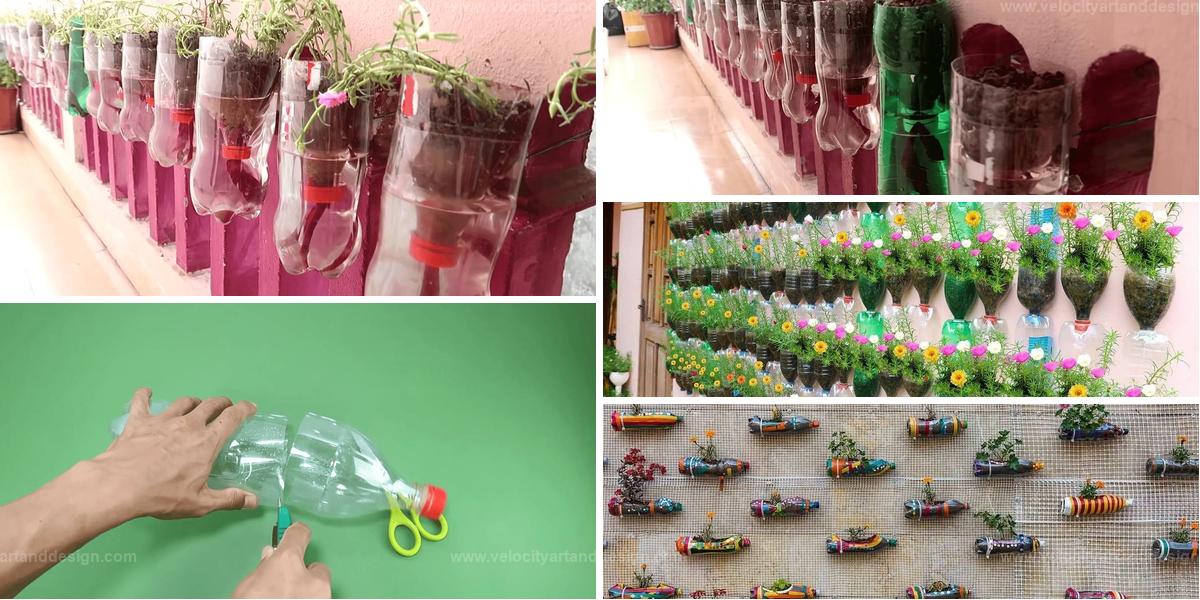
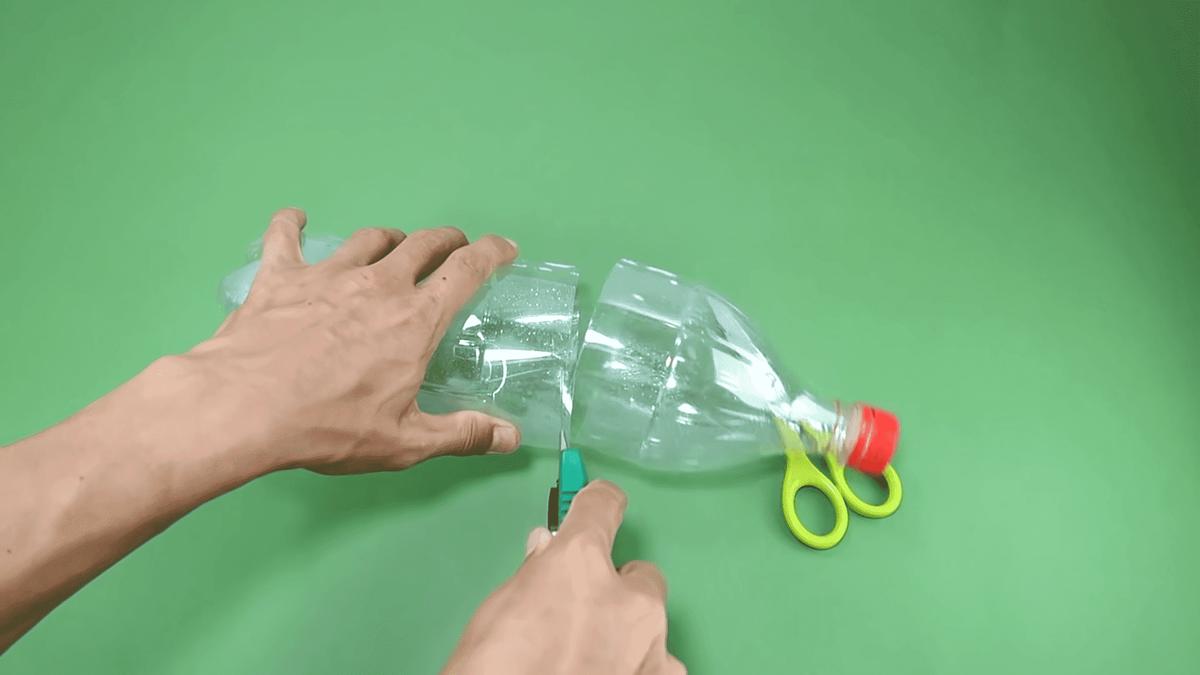

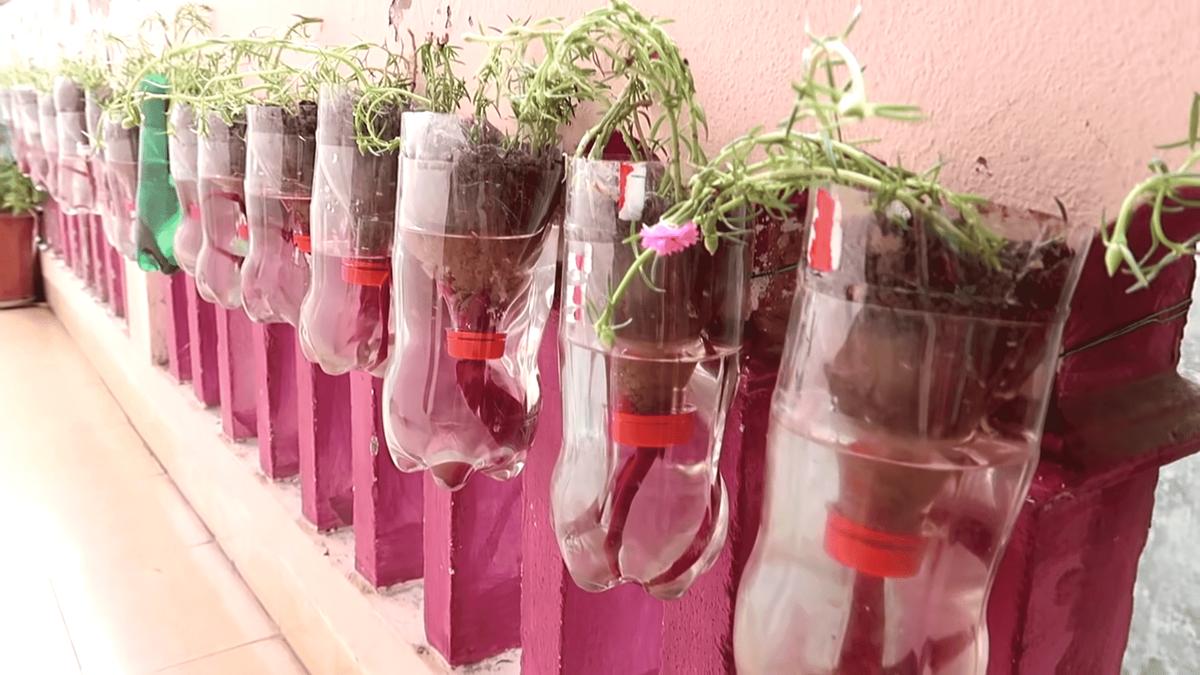


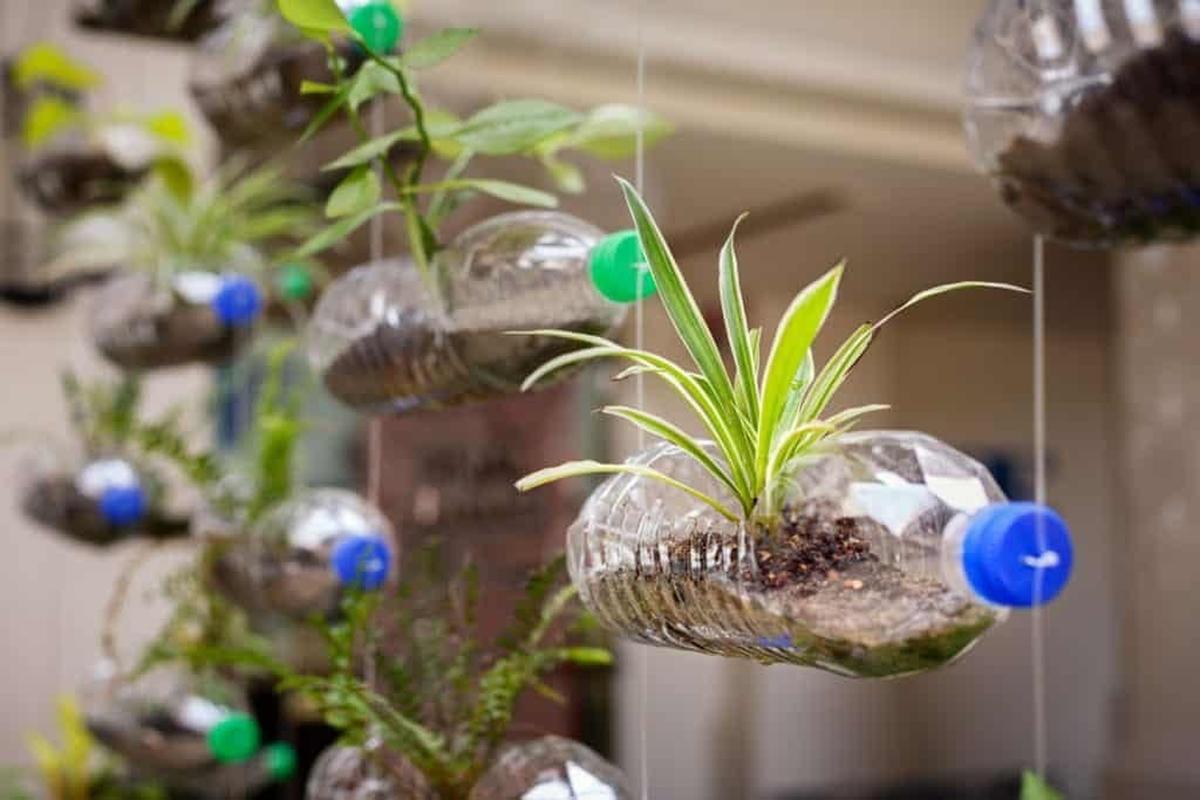

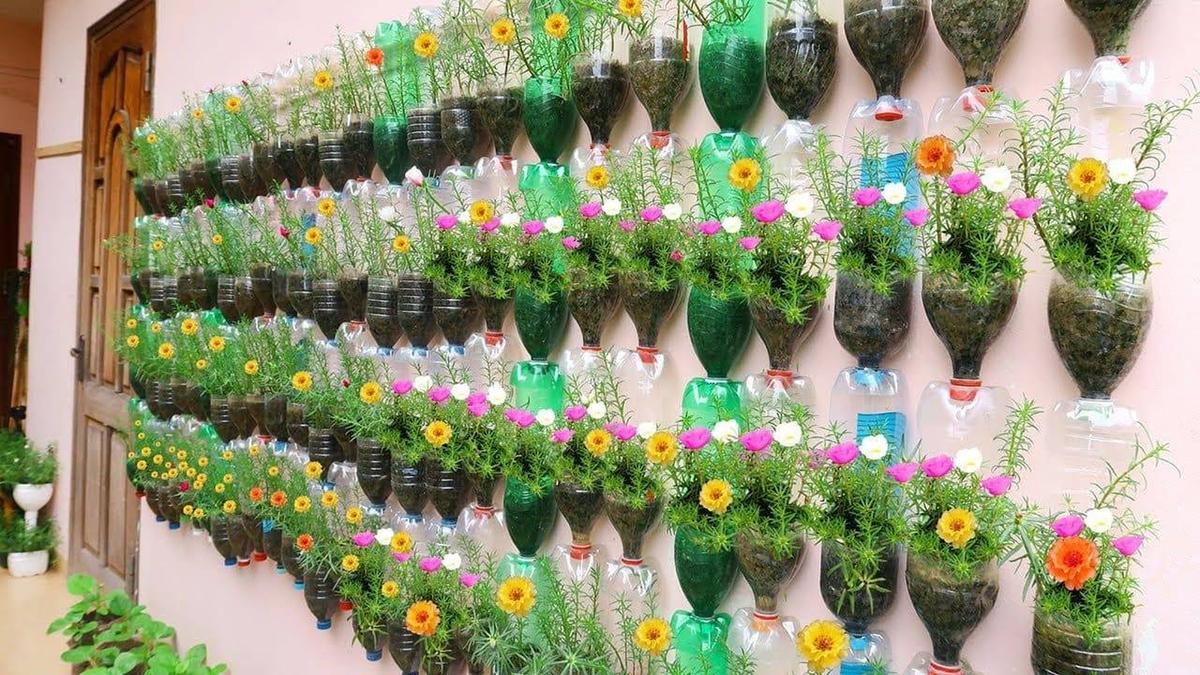
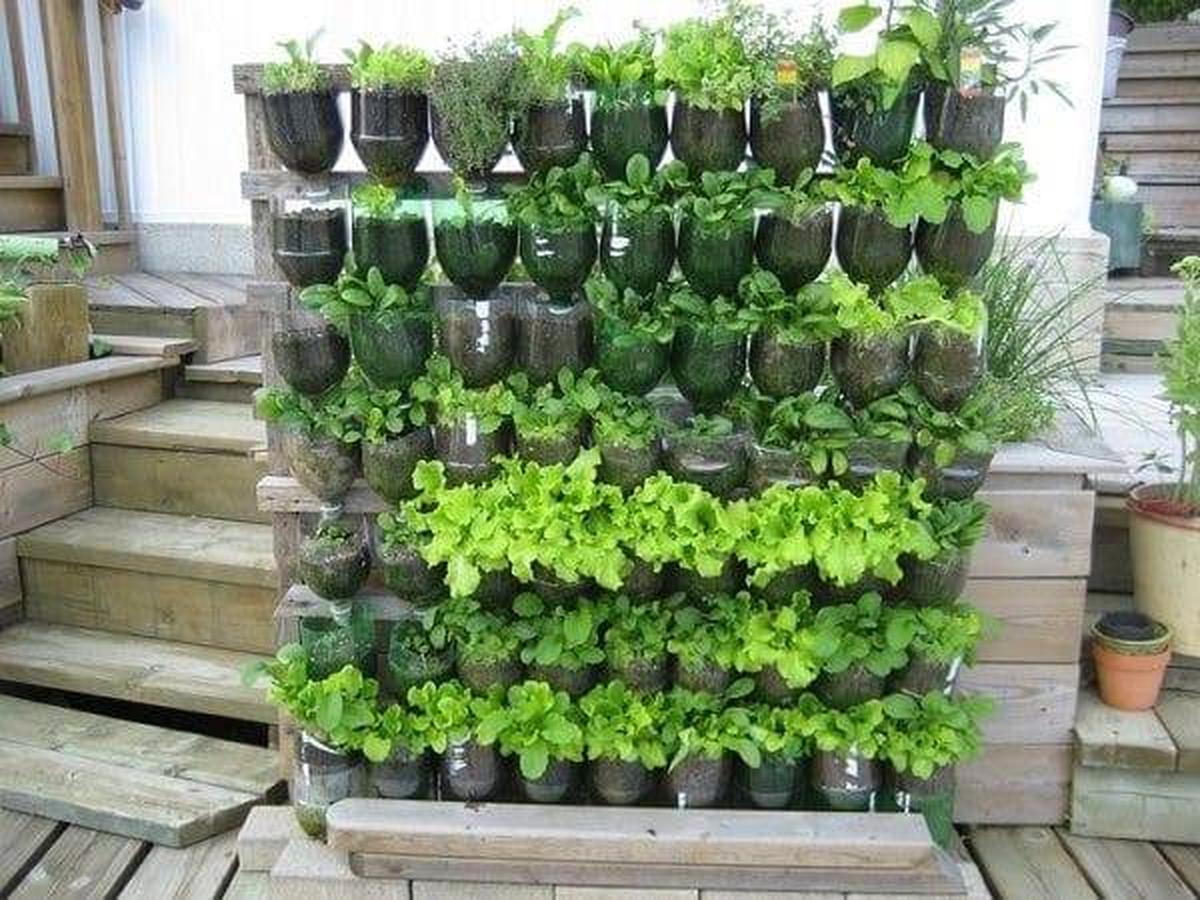
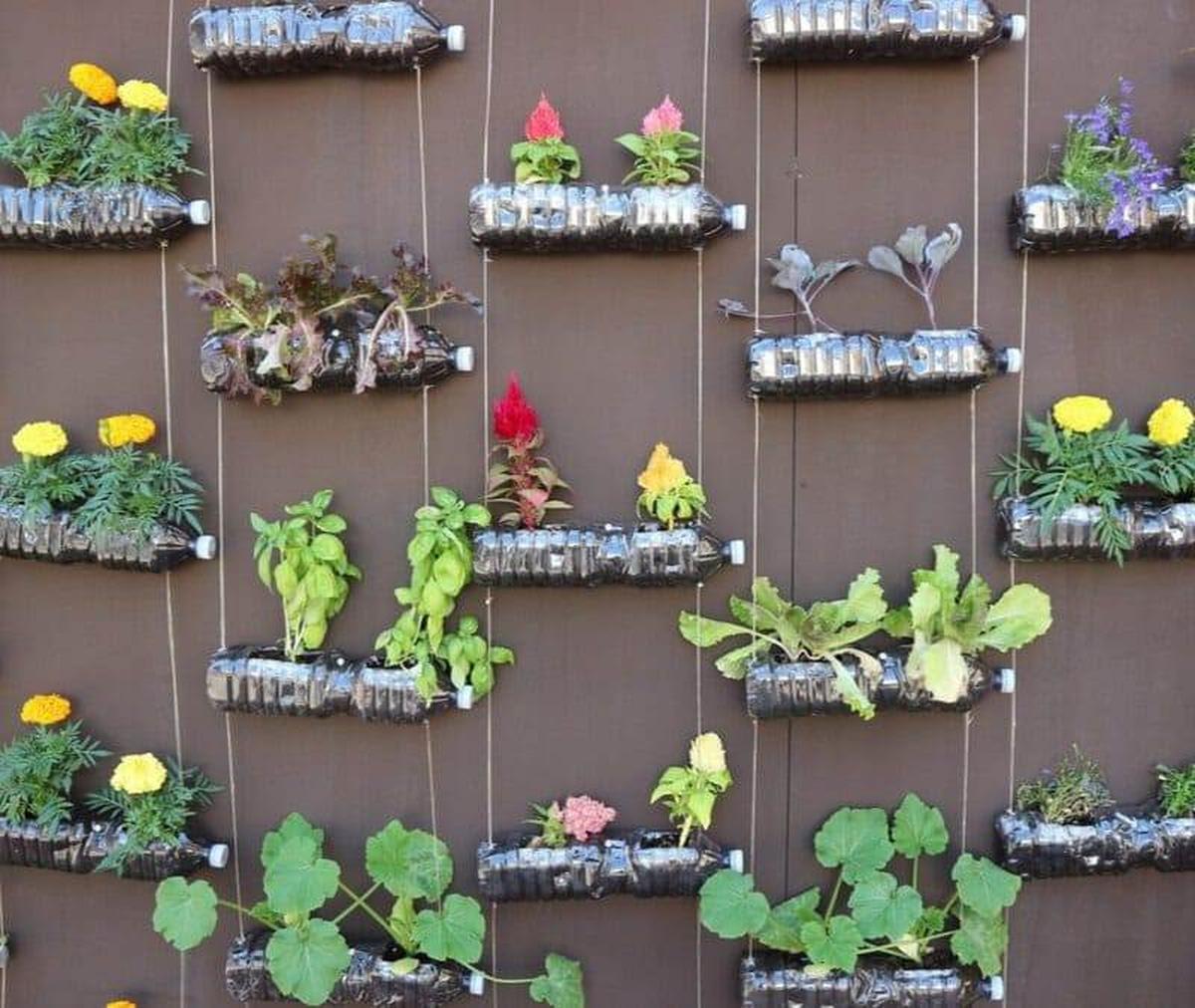
James Turner
Founder & Lead Designer
Expertise
Interior Design, Sustainable Design Practices, Spatial Planning, Innovative Material Applications, Contemporary Art Techniques, Visual Communication, Multimedia Artistry, DIY Design and Home Projects, Eco-Friendly Living Spaces, Creative Solutions
Education
University of Cincinnati College of Design, Architecture, Art, and Planning (DAAP)
Columbus College of Art & Design (CCAD), Columbus, OH
James Turner is the founder and lead designer at Velocity Art and Design. He studied Interior Design at the University of Cincinnati, focusing on eco-friendly design and smart use of space.
Later, he expanded his artistic skills with a Fine Arts Certificate from the Columbus College of Art & Design, where he learned about modern art and visual storytelling.
With over 10 years in design, James is passionate about making spaces that are both beautiful and practical. He shares his DIY tips and creative ideas to inspire others to explore their own creativity and transform their living spaces.